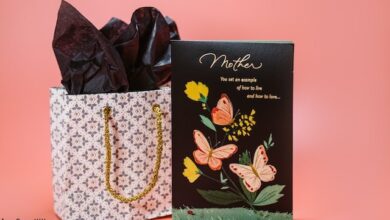The pieces, authored by renowned authors like Norman Mailer, Kurt Vonnegut, Jack Kerouac, and Vladimir Nabokov, tackled highbrow subjects like “Picasso, Nietzsche, [and] jazz,” to quote Hefner’s opening editorial, despite the fact that the models were nude. JFK himself read it.
Crab legs and fillet mignon were on the buffet. Nat King Cole, Steve Martin, Aretha Franklin, Billy Crystal, and Sammy Davis, Jr. supplied the entertainment.
One of the most recognisable representations of the Playboy Club was its waitstaff,. The Playboy Bunnies’ attire was a mix of provocative and vintage, just like the clubs themselves. The magazine by the same name, and the guy who started it all.
The playboy bunny and many other romantic comedies. Her revealing outfit hinted at more discoveries that never materialised. Her sweet demeanour masked the Bunnies’ rigorous training, stringent disciplinary measures, and enormous salaries.
Hefner wanted the club’s waiters to wear short, frilly nightgowns inspired by the Ziegfeld Follies girls—the sex icons of his youth, said Kevin Jones, curator of the Fashion Institute of Design and Merchandising (FIDM) Museum. She came up with the concept to have the waiters dressed as female equivalents of the magazine’s male emblem. The bunny was born (and promptly patented—a first for a service uniform), and the rabbit evolved into a symbol.
The initial design, a satin one-piece worn over a prefabricated Merry Widow corset and accessorised with fluffy tail and bunny ears, was too similar to a bathing suit. According to Jones, who has a Bunny suit in his museum’s collection. Hefner insisted on having the criss-cross lacing added to the top of the leg.
Jones informed me that “everyone has this idea that [the club] was very sexually liberated.”
A Gay-Nineties contraption that accentuated their hips, tied their waist, and raised them into phallic brassieres with each breast like the large bullet on a Cadillac’s front bumper.
Lownes said that “the costumes took girls with even average figures and made them look like they had amazing figures.” It was a flattering yet confining design. His observation that not all Bunnies were bombshells is telling. Not the other way around, the Bunny was made by the suit. Playboi Carti Merch
Jones told me that the costume was an homage to the 1950s, if not the Gay Nineties, from the very beginning. Boyish rather than voluptuous, the 1960s fashion silhouette. On the runway, it may have been all about shapeless shifts and ballet flats, but inside the club, it was always 1953: hourglass proportions, bullet bras, and three-inch heels.
The Playboy Club’s heady mix of naughty and polite was immediately apparent to early attendees. The sartorial requirements for female employees were appropriately just as stringent and specific as those for the amusement park.
They might have been visual candy, but their intended status was one of absolute untouchability. Tipsy keyholders were prevented from groping or grabbing tails by bouncers. Bunny Alice Nichols said in The Bunny Years that “customers were always trying to light them. Which led to the replacement of the original yarn tails by fire-retardant synthetic fur by 1969. They didn’t need sugar daddies anyhow because, according to Scott, they made more in tips in one night than a salesperson at Bloomingdale’s could in two weeks.





